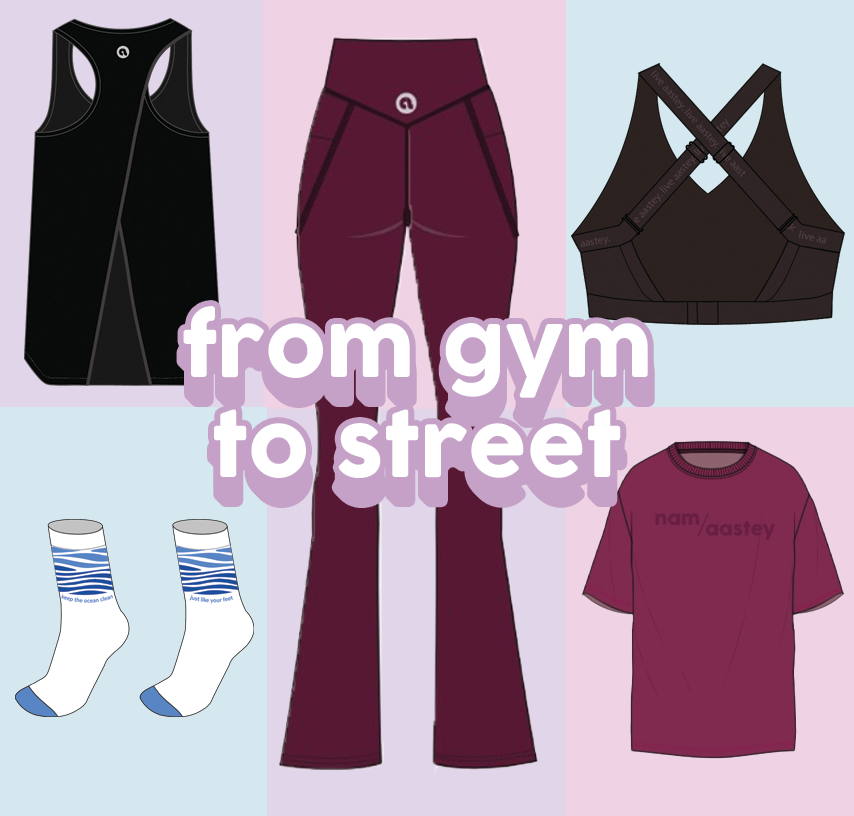hey tribe!
when we speak of women empowerment, it is not always about explicit discrimination practiced in society like the gender wage gap. it’s explicit because it is visible. we can see it and therefore, it is easier to condemn it and protest such discriminatory practices. but there are other practices in our society that are not easily visible to the naked eye; practices that make women feel inferior as they are.

let's analyse some of the movie tropes in how they portray and infantilize women like the classic trope of a “damsel in distress” who needs a man to save her. one such trope is the “makeover” trope. the heroine of the movie visits a boutique or an expensive clothing brand and tries on hundreds of clothes and looks and finally comes out looking like a princess. the context can change but the trope of having a makeover to get the attention of the man of her dreams or get respect from her peers is an overused and tired one.
while we feel empowered by looking at our female lead on screen, it is a false sense of empowerment because it is essentially telling all the women watching it that the only way you can succeed is to be able to attract your attention through beauty, no matter how talented you are. the makeover, therefore, is essential to gaining power in the eyes of the patriarchal society but leaves women in real life with a sense of despair because most of us don’t have the means to raid a zara store overnight.
men hardly ever go through any kind of physical transformation to get the want. they are either the brooding genius, nerd genius, just a billionaire or the high school heartthrob who sings and dances and is also an amazing athlete. their story arc never involves a dramatic physical transformation because they are already damn near perfect.

in india, the ‘makeover trope takes a further turn and becomes a transformation from a girl who wears short clothes or unisex clothes like oversized tees and pants to a girl who just wears salwar kameez or traditional indian clothes. why? because. sanskaar (culture) and somehow the boys just have to take one look at them in the traditional attire and they will instantly fall in love with them. whether it is anjali (kajol) from kuch kuch hota hai, main hoon na’s sanjana or poo from kabhhi khushii kabhi gham, it seems like their wardrobe changes to tell the audience that they are now acceptable to be seen as a heroine for the audience and as a partner for the male lead.
so next time you see a movie where a woman changes her attire, her looks or the way she carries herself to get some validation or achieve something big, then ask yourself if it's worth it to lose yourself for someone or something that doesn’t see you for who you are.
ps- it’s not worth it.
until next time folks! Stay happy and live aastey!

































